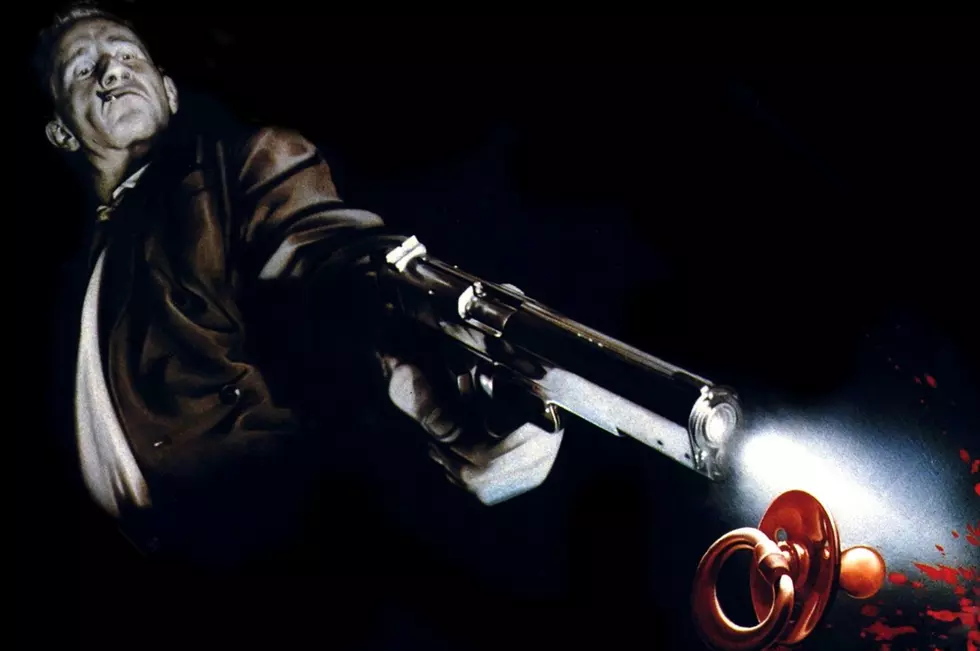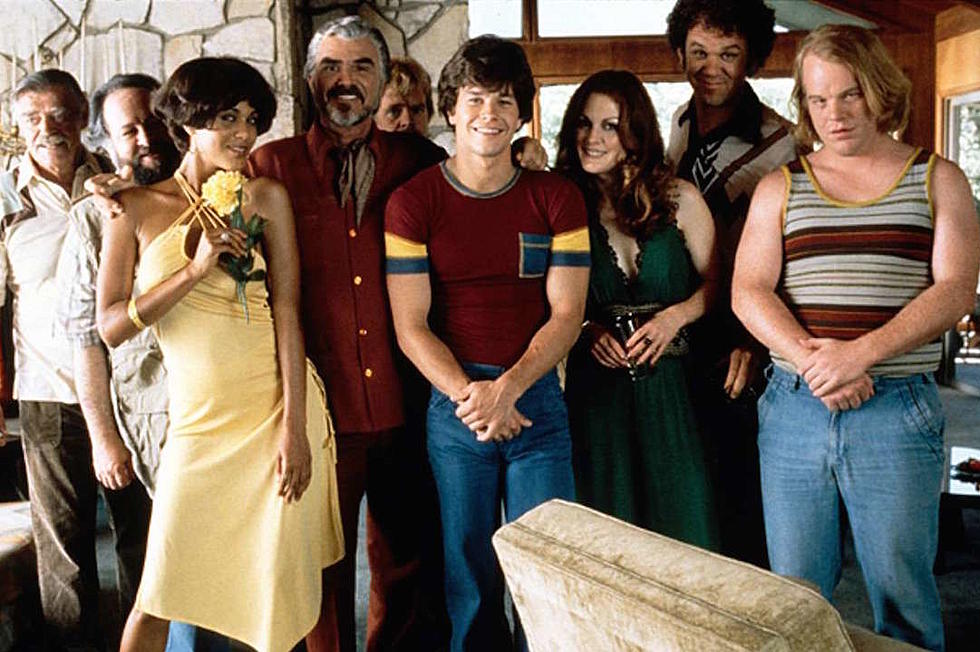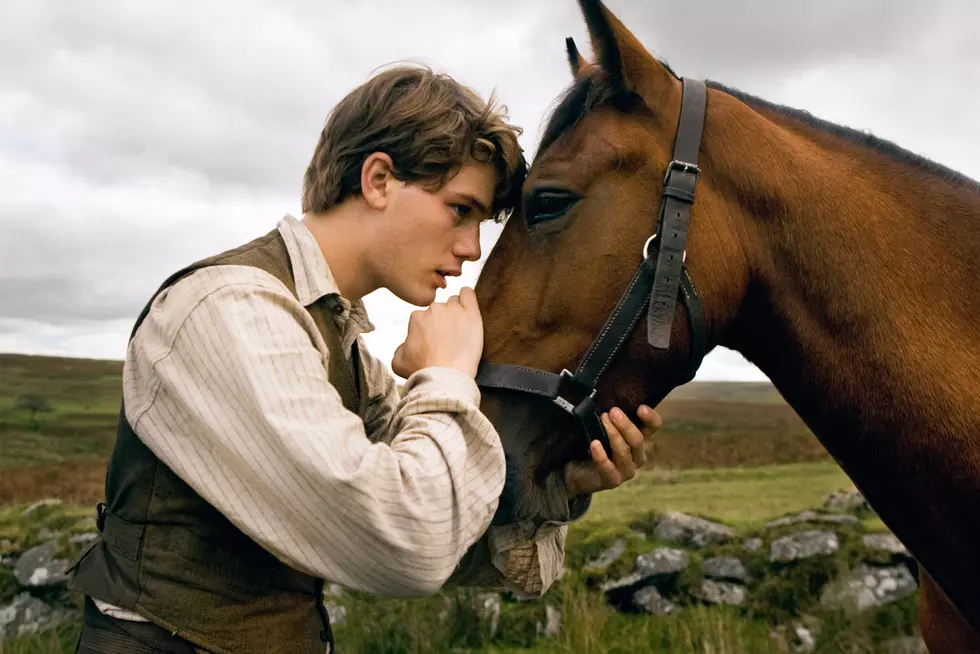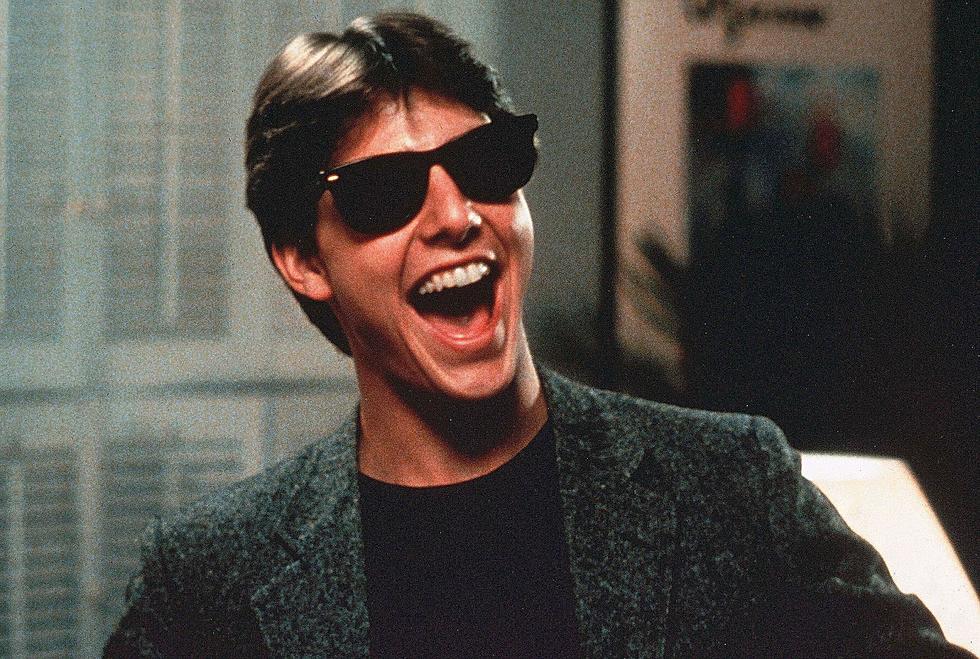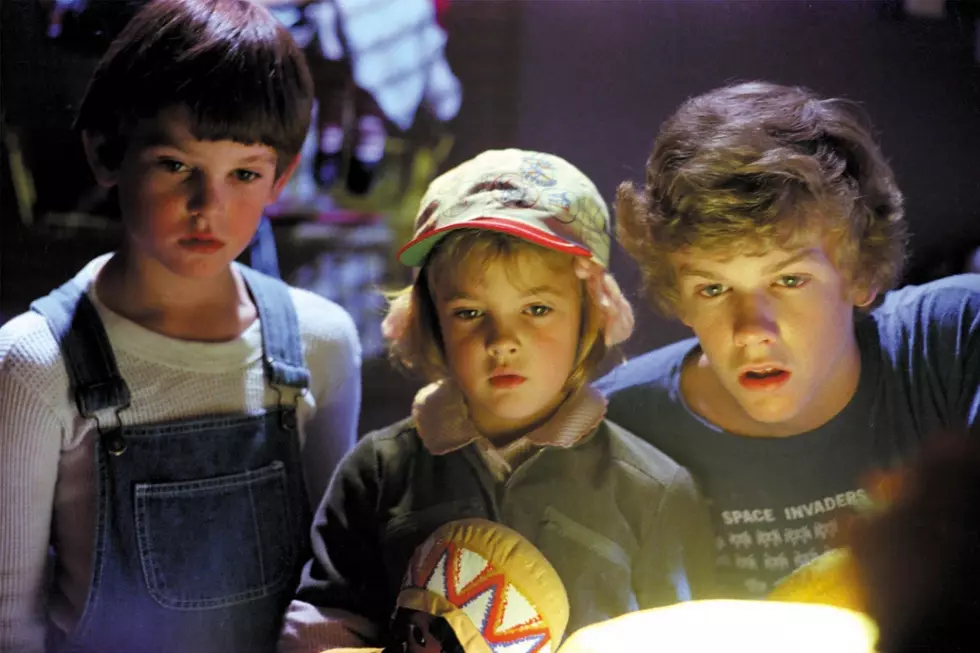
Extra Credit: Five Gigantic Monster Movies to Stream After ‘Pacific Rim Uprising’
In the weekly column Extra Credit, Charles Bramesco recommends supplemental viewing for moviegoers whose interests have been piqued by a given week’s big new release.
The Japanese word kaiju translates back into English as “strange beast,” a handy catchall for the diverse menagerie of monsters that have stomped through sci-fi cinema, leaving craters of influence in their wake with every footstep. The subgenre dates back to the early ’50s and found a champion in an ill-tempered lizard by the name of Gojira, but its unnatural, irradiated evolution continues to this day. The Pacific Rim series has taken up the mantle of Godzilla, Rodan, King Ghidorah, and the whole foam-rubber gang, and this Friday, the long-awaited (by some people, somewhere, probably) sequel will storm Stateside theaters. The apocalypse is re-canceled!
As the mighty robo-suited Jaegers prepare to tangle with a new generation of strange beasts, let’s take a moment to acknowledge the big honkin’ freaks of nature that violently cleared a path for them. Read on for a cursory survey of the wild, weird world of kaiju and kaiju-adjacent cinema, from the tallest woman scorned that ever graced the silver screen to the leviathan laying waste to Korea because Anne Hathaway telepathically told it to:
Attack of the 50 Foot Woman (1958)
You gotta give Nathan Hertz some points for truth in advertising. There’s a woman. She’s 50 feet tall. She attacks. What more could you possibly want? Okay, okay: the skyscraping dame in question is Nancy Archer (portrayed by B-movie queen Allison Hayes), an emotionally volatile boozer who happens upon a mysterious glowing space-orb that triggers a hyper-growth spurt. As the controlling men in her life — condescending doctors, a weaselly husband — attempt to harness her newfound powers, she takes terrible revenge on all those who have wronged her in a fit of extra-large fury. As with so many exploitation flicks of the era, feminist and anti-feminist subtexts (is she empowered, or just hysterical and jealous?) are interwoven for one fascinatingly incompetent package.
Gorgo (1961)
And now for a complete lack of truth in advertising: “Like nothing you’ve ever seen before!” declares the poster for this widely forgotten 1961 creature feature, a baldfaced lie if ever there was one. Gorgo was explicitly conceived as a close cousin to Godzilla, laying waste to London instead of Tokyo. (Though Toho’s famed reptile was himself a take on The Beast From 20,000 Fathoms, which was directed by Eugène Lourié, who would go on to direct Gorgo — can you really rip off yourself?) Though widely mocked by the MST3K set, this entry in the disreputable guy-in-a-big-rubber-suit tradition boasts respectable production values and sound writing, not to mention the most satisfying destruction of Big Ben in the annals of cinema. (Nuts to you, London Has Fallen.)
Godzilla vs. Mechagodzilla (1974)
Here’s the genuine article, in the high-water mark of the myriad sequels and spinoffs that the Japanese film industry cranked out during the ’60s, ’70s, and ’80s. With profits flagging and tech-driven anime gaining in popularity, Toho switched things up by pitting their poster boy against an android doppelgänger bent on destroying the human culture that, by this point, Godzilla has come to love. (It’s really a three-for-one, as the final act introduces the bipedal mutant canine King Caesar as Godzilla’s emergency ally.) The effects may not be any great stride beyond the usual Toho material, but palpable anxieties over traditionalism and mysticism giving way to the cold scientific knowledge of the future make this a fascinating cultural document all the same.
Monsters (2010)
Today, this indie from Gareth Edwards plays like a warm-up for his 2014 rework of Godzilla and his subsequent jump into space with Rogue One two years later. But there’s plenty going on in this adventure sending two poor souls into freakazoid country south of the U.S.-Mexico divide; for one, the location’s not incidental, with Edwards lodging a broad yet solid critique of American border policy and geopolitical exceptionalism. He actually put some thought into how a modern Cambrian explosion would affect the globe, applying as much realism as can possibly be applied to a story about people avoiding carnivores from beyond the stars. Edwards is at his best with a shoestring budget such as this one, forced to be resourceful and imaginative to work around his own limitations.
Colossal (2017)
It may have hit American theaters less than a year ago, but Nacho Vigalondo’s genre-bridging whatsit largely flew under the mainstream radar, so why not take another look? In a marvelous performance redolent of the whirling hurricane of dysfunction she played in Rachel Getting Married, Anne Hathaway portrays a rudderless alcoholic-in-training regrouping in her suburban hometown. It’s there that she makes a strange discovery: if she stands in a certain playground at 8:05 a.m., a horned behemoth materializes in Seoul and mirrors her every movement. As she works through a quarter-life crisis and a tense flirtation with an unassuming local (Jason Sudeikis, cast against type), Vigalondo finds what might be the last original take on the mega-monster movie.
Gallery - The Best Sci-Fi Movie Posters Ever:
More From ScreenCrush

